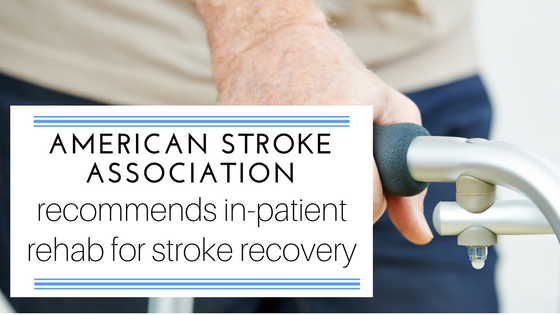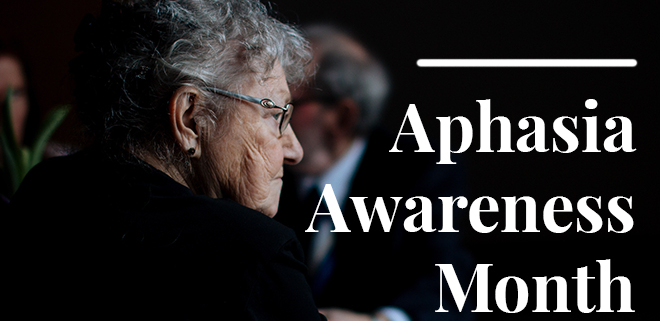Over 750,000 people suffer a stroke each year in the United States, and quality physical therapy and rehabilitation are vital after the stroke to manage residual disability. Studies show that in-patient rehabilitation facilities are more effective in treating patients recovering from strokes.
In May, the American Heart Association (AHA) and the American Stroke Association (ASA) released guidelines for rehabilitation after a stroke. The ASA strongly recommends that patients receive treatment at an in-patient rehabilitation facility (IRF) whenever possible. Treatment in an IRF produces enhanced functional outcomes with a shorter length of stay than treatment at other facilities, such as a nursing home.
Why are in-patient facilities more beneficial to stroke patients? The AHA and ASA agree that there are a variety of reasons:
Extensive Rehab
A patient in an IRF receives at least three hours a day of rehabilitation from physical, occupational, and speech therapists. Nurses are available around the clock, and doctors usually visit on a daily basis. Being treated by a team approach also helps the patient understand the importance of their rehabilitation during the early recovery period from their stroke. Also, patients benefit most from the comprehensive, goal-oriented rehabilitation programs that IRFs provide.
The fact that stroke patients have better overall outcomes and rehabilitation success in IRFs than in other facilities has been proven in studies for at least a decade. A 2006 study showed that IRF patients at the six-month mark of recovery had fewer ADL (activities of daily living) difficulties than patients treated in other facilities, as well as better functional improvements overall. Additionally, patients who suffered severe motor disabilities experienced better overall recovery and function through treatment in an in-patient facility.
Newest Technology and Equipment
IRFs often have access to the latest technology and equipment used in stroke recovery therapy. An example of new technology includes constraint-induced movement therapy, which is a way of forcing intensive skilled use of upper limbs that have been weakened by a stroke.
Aftercare
IRF staff members are trained to assist both the stroke patient and his or her caregivers in developing a structured program for when the patient returns home.
- This includes education about making changes in the home so that it’s safer, such as minimizing fall risks.
- Education and training on how to safely use assistive devices such as walkers, wheelchair, and canes.
- An individually-tailored exercise program so patients can safely continue their cardiovascular and overall fitness after their formal rehabilitation is complete.
The bottom line, experts say, is that a patient recovering from a stroke can fulfill their potential through a coordinated effort between a diverse team of professionals – such as that found at an in-patient rehabilitation facility – as well as the patient, their family, and caregivers.







